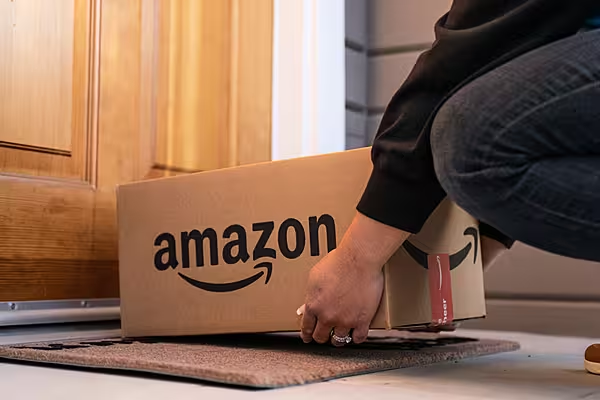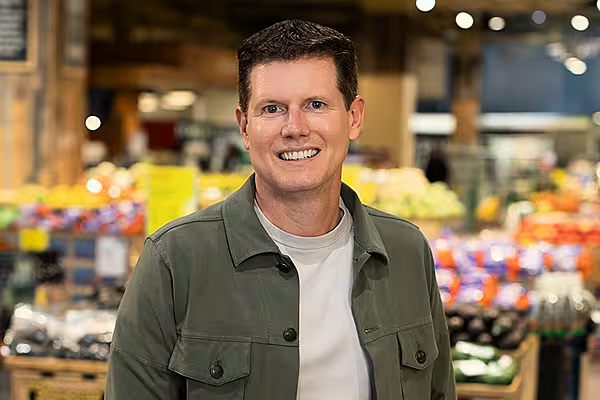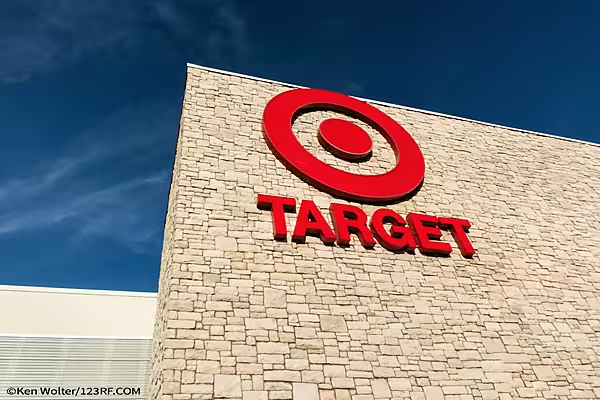Amazon is an emerging powerhouse in private label, but how does the online retail giant’s strategy differ from bricks-and-mortar businesses, and what can traditional operators do to compete? ESM chats to Natalie Berg of NBK Retail. This article first appeared in ESM Issue 4, 2019.
It’s difficult to talk about retail in any broad context without somebody mentioning Amazon. Such is the online giant’s evolution from bookseller to ‘everything store’ that any manoeuvres by the Seattle-based business into grocery inevitably lead to fears that traditional retail’s sky may be about to fall.
Private label is no different, with Amazon now ten years into a journey that has taken it from everyday essentials (Amazon Basics, comprising accessories such as cables and batteries, launched in 2009) to tailored consumer products, such as Happy Belly (ambient grocery products), Presto (paper products and home hygiene) and Wag (pet food).
As the integration of Whole Foods into its online offering has gathered pace, Amazon has also become more adventurous. Last month, it announced plans to take on drinks giant Red Bull with its Solimo Red and Solimo Silver energy drink products.
We’ve seen this before, of course. Traditional retailers have proven themselves to be very adept at developing private-label products that reach the parts that big brands can’t, but, unlike the bricks-and-mortar environment, Amazon doesn’t have shelf-talkers or in-store sampling. In the online world, all brands – private label or not – are ‘equal’, to a degree (reduced to a small, pixelated avatar), meaning that Amazon could experience rapid growth across its own-brand offering, if it achieves consumer buy-in.
Relentless Retail
Amazon’s embrace of private label is one of the topics up for discussion in an excellent new book by Natalie Berg and Miya Knights, Amazon: How the World’s Most Relentless Retailer will Continue to Revolutionize Commerce. In the book, the authors explore how Amazon is borrowing a line from traditional retail, in terms of creating ‘responsive’ private-label brands, with an added nuance: said brands are ‘exclusive’ to the 100 million or so Amazon users who are members of its Prime programme.
“It’s an unusual and unconventional approach,” Berg tells ESM, “especially considering Amazon hasn’t established credibility with its own-label ranges yet. Yes, Amazon Basics is well established and customers feel comfortable buying batteries, but when it comes to grocery, it’s a totally different ball game.”
As Berg notes in the book, in regular retail, this approach wouldn’t work – imagine Walmart taking its Great Value lines off the shelf and making them exclusively available to online shoppers – but, as an online-only player, Amazon uses private label to create a point of differentiation towards consumers who are already sold on the Prime benefits – faster shopping, bespoke promotions, etc.
“Prime is the glue of the Amazon ecosystem,” says Berg. “When it was established, more than a decade ago, it used to be about delivery perks, but since then, Amazon has developed it into a bundle proposition. It’s essentially a gateway to the ‘best’ of Amazon.
“Also, if you’re a Prime member, you’re already a lot more valuable to Amazon – you’re spending more, and more frequently, plus you can only shop fresh grocery if you’re a Prime member – but in terms of their private-label strategy, I think Amazon could do a better job of letting Prime members know that these products are exclusively for them – that it’s another value-add for being part of the Amazon ecosystem.”
What’s In A Name?
At the same time, many shoppers using Amazon’s platform may not even know that these ‘specially selected’ products are produced by Amazon at all. Of the retailer’s 100+ private-label brands, just a handful bear the name Amazon.
“Slapping the Amazon name on a packet of batteries is safe enough, but doing it for baby food or nappies is less so,” says Berg. “It generally comes down to how the category is viewed from a quality perspective. With food, in particular, Amazon has backed away from using its own branding.”
Part of the reason for this, Berg notes, is that the company wants to avoid “Amazon overload” and a customer backlash.
“Since writing the book, it’s becoming more and more apparent that they see a customer backlash as a potential risk factor,” she says. “As consumers, do we really want Amazon-branded groceries delivered to us each week, at a time that we’re listening to music through Amazon and watching films through Amazon, and getting Alexa to change our central heating?
“Amazon is taking up physical real estate in our homes, [and] I do think we could be reaching peak Amazon. If you look at the UK grocery market, for example, 15 years ago, supermarkets went into all sorts of services, and now they have all retrenched around what they do best. The same thing could happen to Amazon.”
Seeking Profits
Amazon’s big push into private label has been implemented to enable the retailer to inch closer to sustained profitability, enabling it to widen margins without increasing prices, the authors surmise.
As well as providing a ‘sweetener’ for Prime members, private label gives Amazon more leverage with its suppliers. Plus, given Amazon’s customer data bank, which towers over that of retail giants such as Walmart or Tesco, no other retailer is better positioned to understand customers’ needs and develop ranges specifically for them.
The retailer is the starting point for many online product searches, meaning that with each item searched, Amazon gains more and more information.
This additional layer of visibility means that Amazon’s own-label sales could reach $25 billion (€22.21 billion) by 2022, according to asset bank SunTrust.
Alexa Impact
Amazon’s ability to place its own brands at the head of the proverbial queue is underlined yet further by Alexa, its voice-controlled AI platform, which, the firm believes, will play a more significant role in transactions going forward. ‘Why create a shopping list when you can simply dictate it to Alexa?’ the thinking goes.
In a 2017 study, Bain & Company found that, for shoppers making a first-time purchase from a category in which Amazon has a private-label presence, Alexa recommended its own brand 17% of the time, though such products account for 2% of volume sold.
“One of Amazon’s goals for grocery is to democratise online shopping and cut out friction in the online in-store experience, and to shorten or eliminate the path to purchase,” says Berg. “This last element is where Alexa comes in. I feel that Amazon’s endgame in grocery – its Holy Grail – is to have products automatically replenished, where the consumer is opted out of the transaction.
“With Alexa, they are making customers feel comfortable about this idea of making transactions without a screen. The potential of that is massive,” adds Berg.
While Amazon may, in the future, need to adopt some of the customer engagement strategies of traditional private labels – and, indeed, those of brands – and create more added value around its offering, the tech giant has proven itself pretty adept thus far at taking on the establishment.
© 2019 European Supermarket Magazine – your source for the latest retail news. Article by Stephen Wynne-Jones. Click subscribe to sign up to ESM: European Supermarket Magazine.














